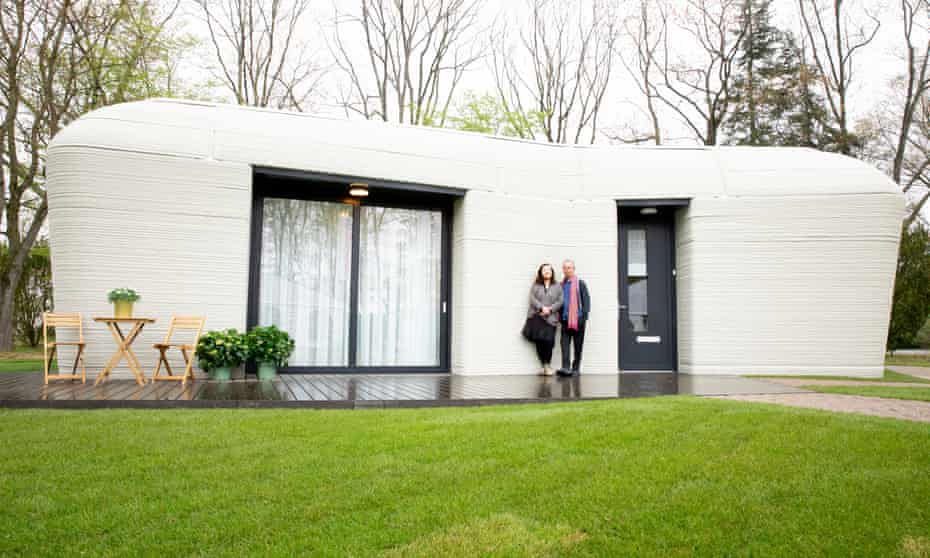I found this article today (written by a 15yo high-school student). A really worthwhile to read summary of the different 3D printing technologies out there and their advantages and disadvantages. The big question is, will 3D printing change our future way of living?
3D printing will have a huge impact on manufacturing in the near future. It may change how we purchase things, how we work or also how we are living. For instance, the first 3D printed house, which has just been occupied in the Netherlands.
The big question is: who will gain from it? Will it be an accessible technology for everyone? Can in future you buy or download open source templates for things you want to make? Will there be (more advanced) 3D printers for use at home easily available? Or will it turn into just another business model for reducing production cost? And except the “simple” extrusion based printers, 3D printers will turn into expensive specialist equipment not affordable for the typical home user.
Projects like Voron will make the difference. If we manage to stay in touch with the latest 3D printing developments and make it available to everyone, there’s a good chance to change the way how to access products and build a more sustainable (and more cost efficient) way of production.
Producing locally, with a smaller carbon footprint, due to reduced transport distances, could make a huge difference. The idea to just print whatever you need, when you need it in the colour, shape and size you want it doesn’t sound so much like science fiction (see Star Trek’s replicator technology) anymore as it may have been 10 years ago.
Exciting times ahead. Time will tell which way 3D printing is going and if it is really set to change our way ofl living. But it is definitively worthwhile to be a (small) part of the next industrial revolution.



